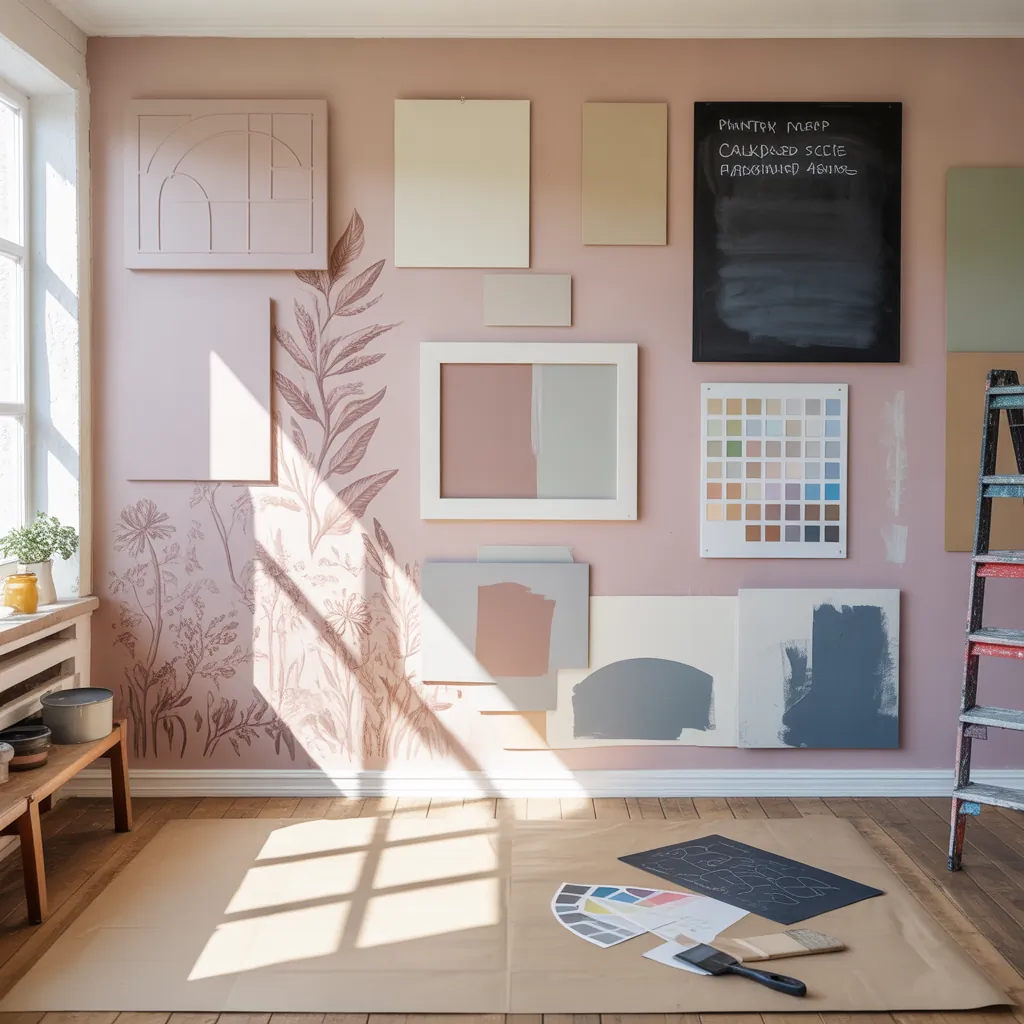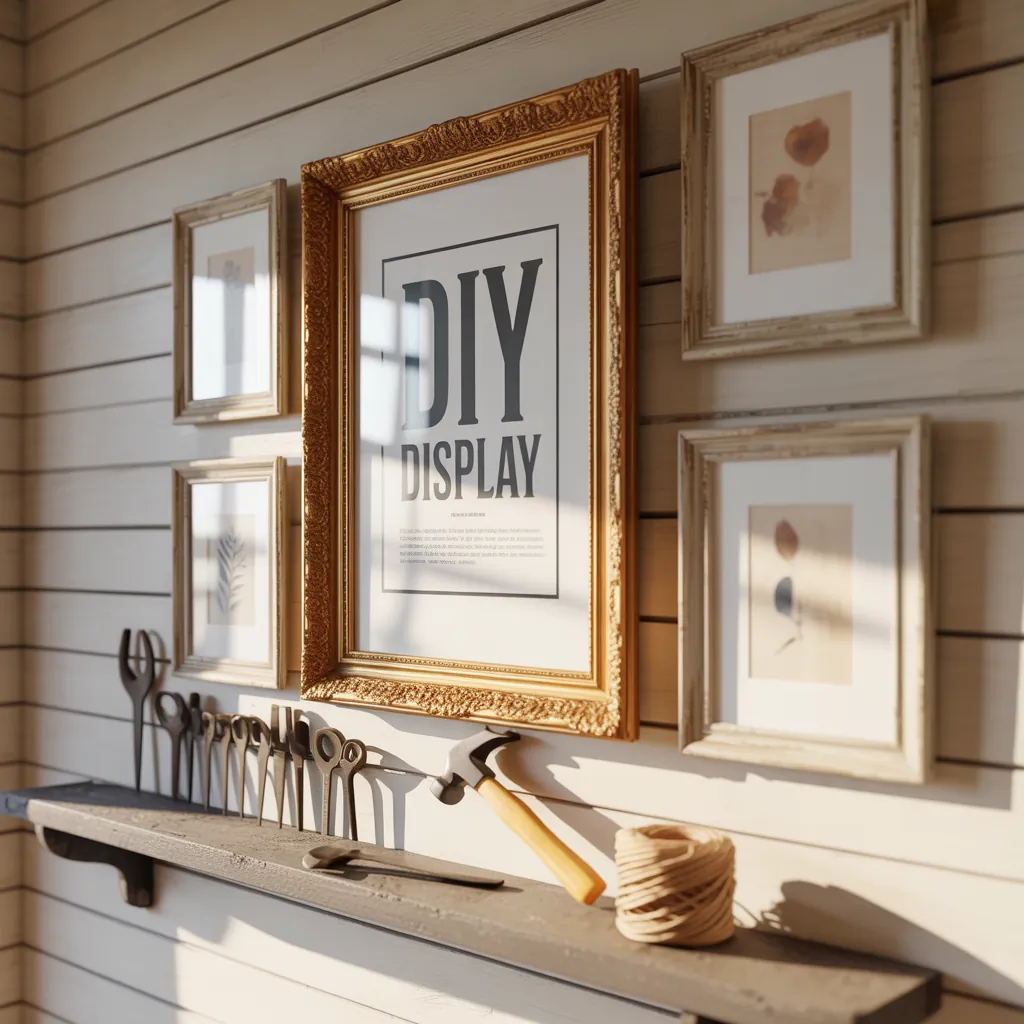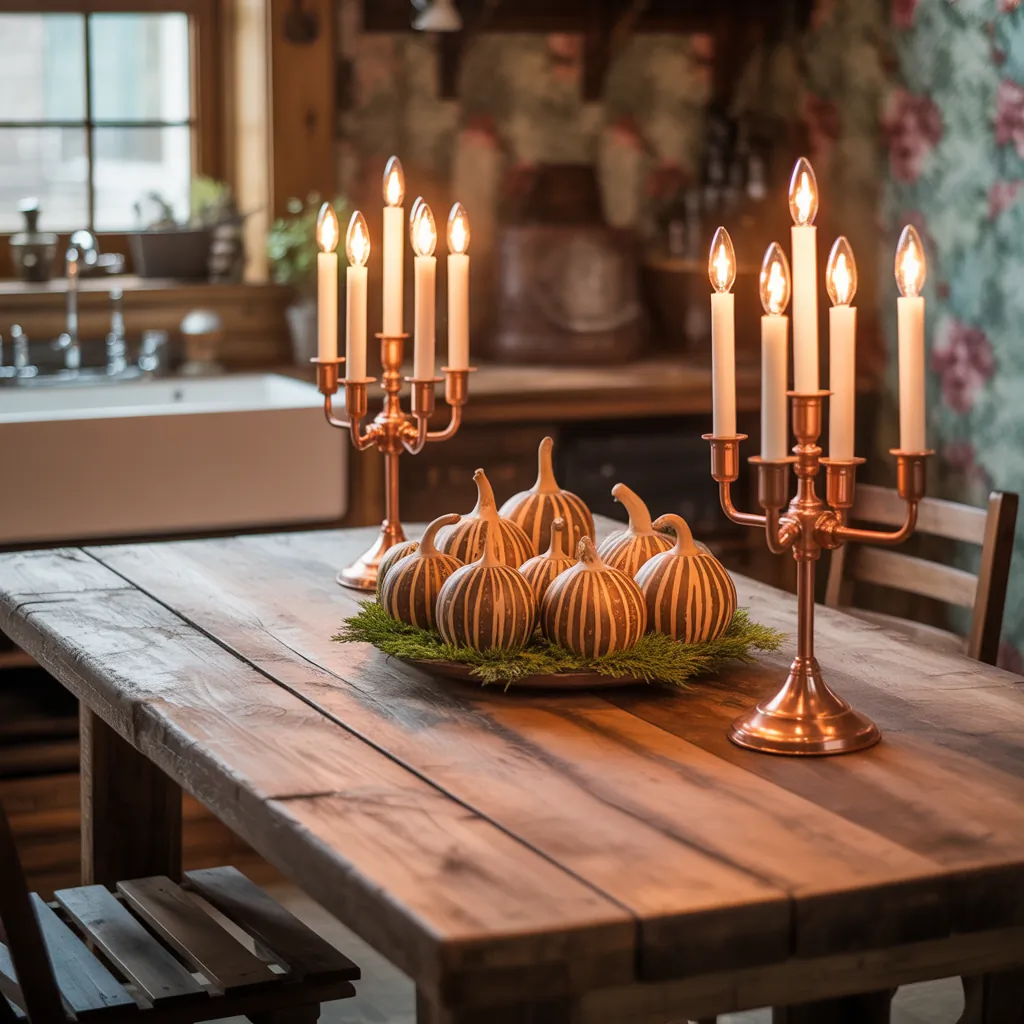Have you ever stood in front of a blank wall wondering where to start—especially after a long weekend DIY binge left you energized but indecisive? You’re not alone. Whether you’re refreshing a rental, updating a tired living room, or tackling a weekend accent wall, choosing the right wall painting ideas designs can make a huge difference. This guide walks you through practical, stylish, and achievable paint projects that work for beginners and seasoned DIYers alike.
Why Wall Painting Matters: More Than Just Color
Paint changes mood, perceived space, and the overall design of a room. From modern accent wall paint designs to full-room color makeovers, the right technique can emphasize architectural features, create focal points, and give your home a personality that furniture alone can’t achieve.
Quick design-thinking tips
- Test paint samples on large poster board and view at different times of day.
- Match sheen to use: matte for ceilings, eggshell for living rooms, satin for trims, semi-gloss for kitchens and bathrooms.
- Consider natural light—north-facing rooms benefit from warmer tones.
Top Wall Painting Ideas Designs You Can Try This Weekend
Below are practical, on-trend painting concepts, each with step-by-step guidance and DIY tips so you can confidently tackle them yourself.
1. Classic Accent Wall
Choose one wall to paint a bold or contrasting color to create a focal point. Best for living rooms, bedrooms, and behind open shelving.
- Prep: Clean wall, fill holes, sand, and prime if needed.
- Measure and mark corners; use level and painter’s tape for straight edges.
- Roll two coats of paint, allowing proper drying time between coats.
- Remove tape carefully and touch up edges with a small brush.
2. Geometric Pattern Wall
Geometric wall patterns add modern flair with a relatively small skill investment.
- Materials: painter’s tape, level, pencil, two or more paint colors.
- Draw the pattern lightly in pencil, tape along lines, paint each section, and peel tape when paint is dry.
- Tip: Use a micro-roller to minimize paint seepage under tape.
3. Ombre or Gradient Wall
For a soft, designer look, blend colors from light to dark vertically or horizontally.
- Choose three harmonious shades (light, mid, dark).
- Paint each segment, then blend seams using a dry brush or sponge in overlapping strokes.
- Practice blending on a drop cloth before starting the wall.
4. Faux Finish & Textured Paint Ideas
Faux finishes—like Venetian plaster, limewash, or rag-rolling—add depth and luxury without the cost of real stone or plaster.
- Many faux techniques require glaze; test on a board first.
- For a budget textured look, try drywall compound thinly applied with a trowel, then paint.
- Real-world tip: Keep consistency with other finishes (wood tones, metal fixtures) for a cohesive look.
5. Mural or Statement Art Wall
Painted murals personalize a space—perfect for children’s rooms, entryways, and feature walls.
- Sketch the design or use a projector to trace a digital image.
- Block in large areas first, then add details with smaller brushes.
- If unsure, use stencils or decals to reduce the need for freehand painting.
Step-by-Step: How to Execute Any Wall Painting Project
Follow this general workflow to avoid common mistakes and ensure a professional finish.
- Plan & budget: Calculate paint needed (one gallon covers ~350 sq ft), factor in primer and supplies.
- Prep the room: Remove furniture, protect floors, and tape edges.
- Repair & prime: Patch holes, sand glossy surfaces, and prime new drywall or patched areas.
- Paint: Start with edges (cut-in) then roll the main surface in sections.
- Finish: Two coats are standard; allow full drying time and inspect in different light.
Practical Tips: Tools, Paint Types, and Common Pitfalls
- Tools: Angled sash brush, 9″ roller with appropriate nap (3/8″ for smooth walls), extension pole, quality painter’s tape, drop cloths, and a paint tray.
- Paint types: Latex (water-based) is easiest and low-VOC options exist; oil-based is durable but harder to clean up and slower to dry.
- Sheen advice: Flat hides imperfections; satin makes walls washable; semi-gloss is great for trims and high-traffic areas.
- Avoid common mistakes: Skimping on primer, painting in extreme humidity, or using low-quality brushes that leave streaks.
Budget-Friendly Design Hacks
You don’t need an unlimited budget to create stylish wall painting designs.
- Use stencils or painter’s tape to create custom looks without artist skills.
- Combine paint with removable wallpaper or peel-and-stick panels on one wall for texture.
- Repurpose leftover paint by creating a gallery wall of framed swatches or color-blocked shelves.
Design Inspiration: Which Style Fits Your Home?
Consider these long-tail ideas based on room function and style preferences:
- Scandinavian minimalism: muted pastels, soft grays, and clean contrast lines.
- Industrial loft: dark moody accent walls with matte finish and metallic accents.
- Coastal retreat: light blues, sandy beiges, and soft ombre walls for a relaxed vibe.
- Mid-century modern: warm ochres, teal, and strategic color blocking.
Frequently Asked Questions
Q: How do I choose the right paint color for a small room?
A: Lighter, cooler tones open up small spaces. Try off-whites, pale grays, or soft blues and use a semi-gloss trim to reflect light. Test large swatches and observe them under morning and evening light before committing.
Q: Can I paint over wallpaper?
A: Painting over wallpaper is possible but not always recommended. If the wallpaper is firmly adhered and flat, you may prime and paint it. However, patched seams or peeling areas will show through; removing wallpaper or using a fresh drywall overlay is a more durable solution.
Q: How long will a painted wall last in a high-traffic area?
A: With proper prep, primer, and a durable finish like satin or semi-gloss, painted walls can last 5–10 years before needing touch-ups. Use washable paint and keep up with quick spot repairs to extend the finish.
Conclusion: Start Your Wall Painting Ideas Designs Today
Whether you’re aiming for a dramatic accent wall, a subtle textured finish, or a bold mural, these wall painting ideas designs are practical, budget-friendly, and achievable. Pick a project that matches your skill level, gather the right tools, and set aside a weekend—many transformations are faster than you expect. Ready to get started? Explore more DIY projects to plan your next update, check kitchen upgrades for paint ideas that boost resale value, or browse additional home design ideas for further inspiration.
Call to action: Grab a sample pot, tape, and a brush—try one small wall this weekend and see how paint can reinvent your space.



